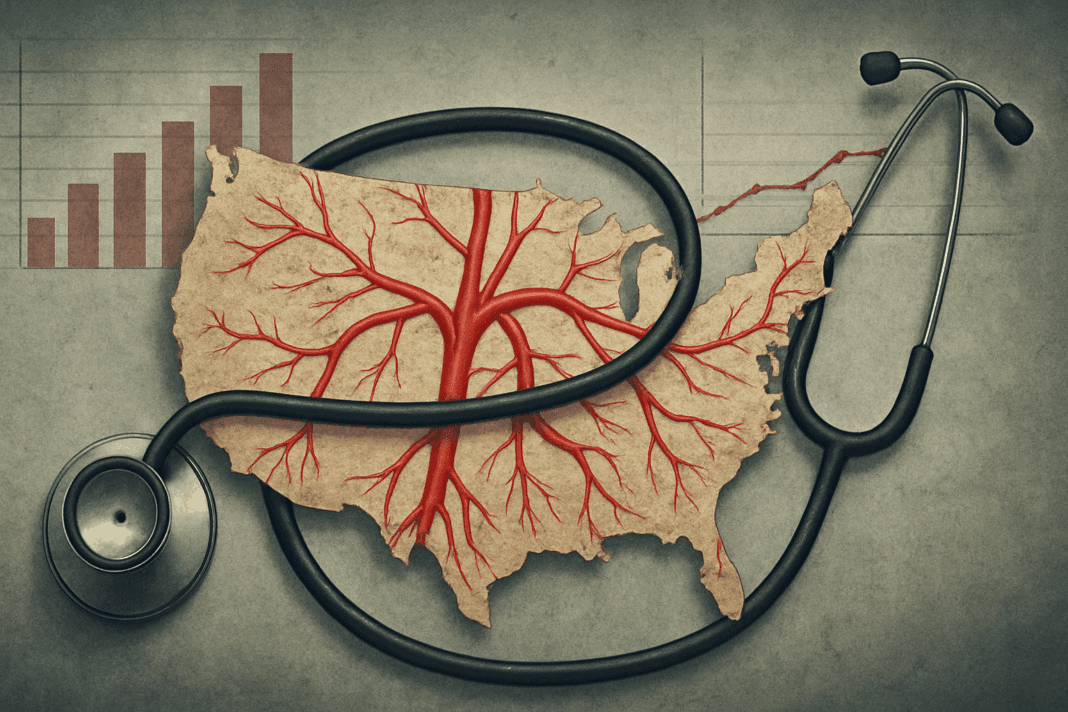High blood pressure, or hypertension, is a condition that affects millions of individuals in the United States, yet remains underdiagnosed and underappreciated in its severity. Despite extensive public health campaigns and increasing awareness, the number of people affected continues to rise. This article explores the essential facts and figures behind hypertension in America, unpacks the physiological mechanics of how blood pressure works, and outlines what constitutes stage 4 hypertension along with other diagnostic thresholds. Through a data-driven and expert-informed lens, this in-depth piece aims to provide a comprehensive understanding of the high blood pressure landscape in the U.S. today.
You may also like: Sudden Spikes in Blood Pressure: What Can Cause a Sudden Increase and When to Seek Medical Attention
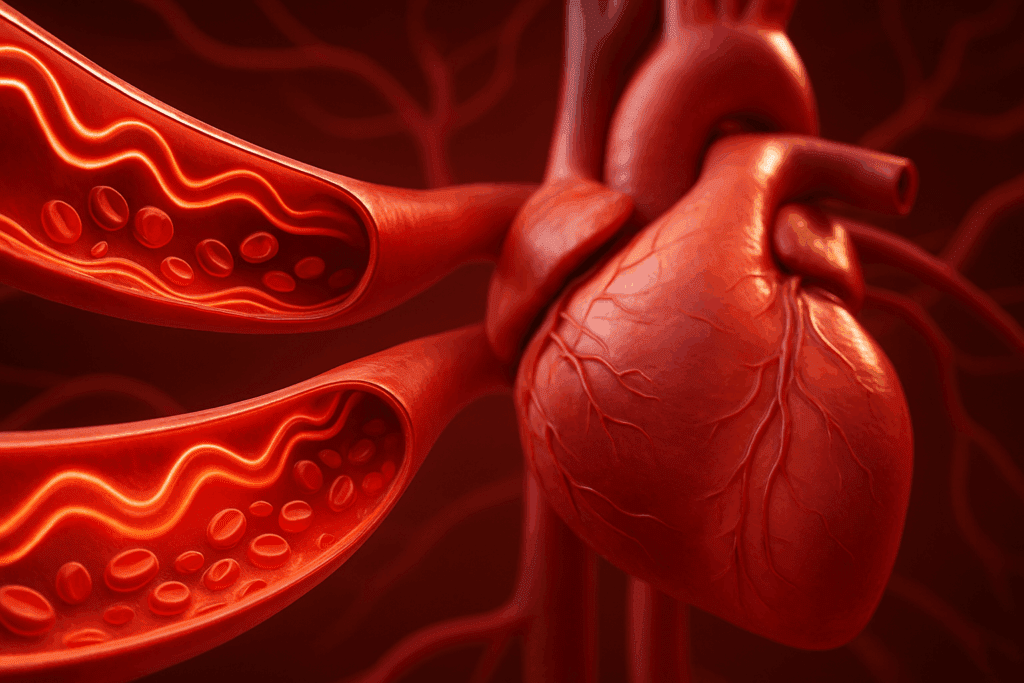
What Exactly Is Blood Pressure and How Does It Work?
To fully understand the implications of hypertension, it is important to first grasp what exactly is blood pressure and how it functions within the human body. Blood pressure is the force exerted by circulating blood against the walls of the arteries, which transport oxygen-rich blood from the heart to the rest of the body. It is typically expressed as two numbers: systolic pressure (the higher number), which measures pressure during a heartbeat, and diastolic pressure (the lower number), which measures pressure between beats.
How does blood pressure work, then, in maintaining human health? Essentially, it reflects the balance between the volume of blood being pumped by the heart and the resistance to blood flow in the arteries. Factors such as vascular elasticity, blood viscosity, and cardiac output all influence this dynamic system. When this balance tips too far—either due to narrowed arteries, increased blood volume, or cardiac dysfunction—blood pressure can rise to dangerous levels. Understanding this process sheds light on why uncontrolled high blood pressure can lead to serious conditions such as heart attack, stroke, and kidney damage.
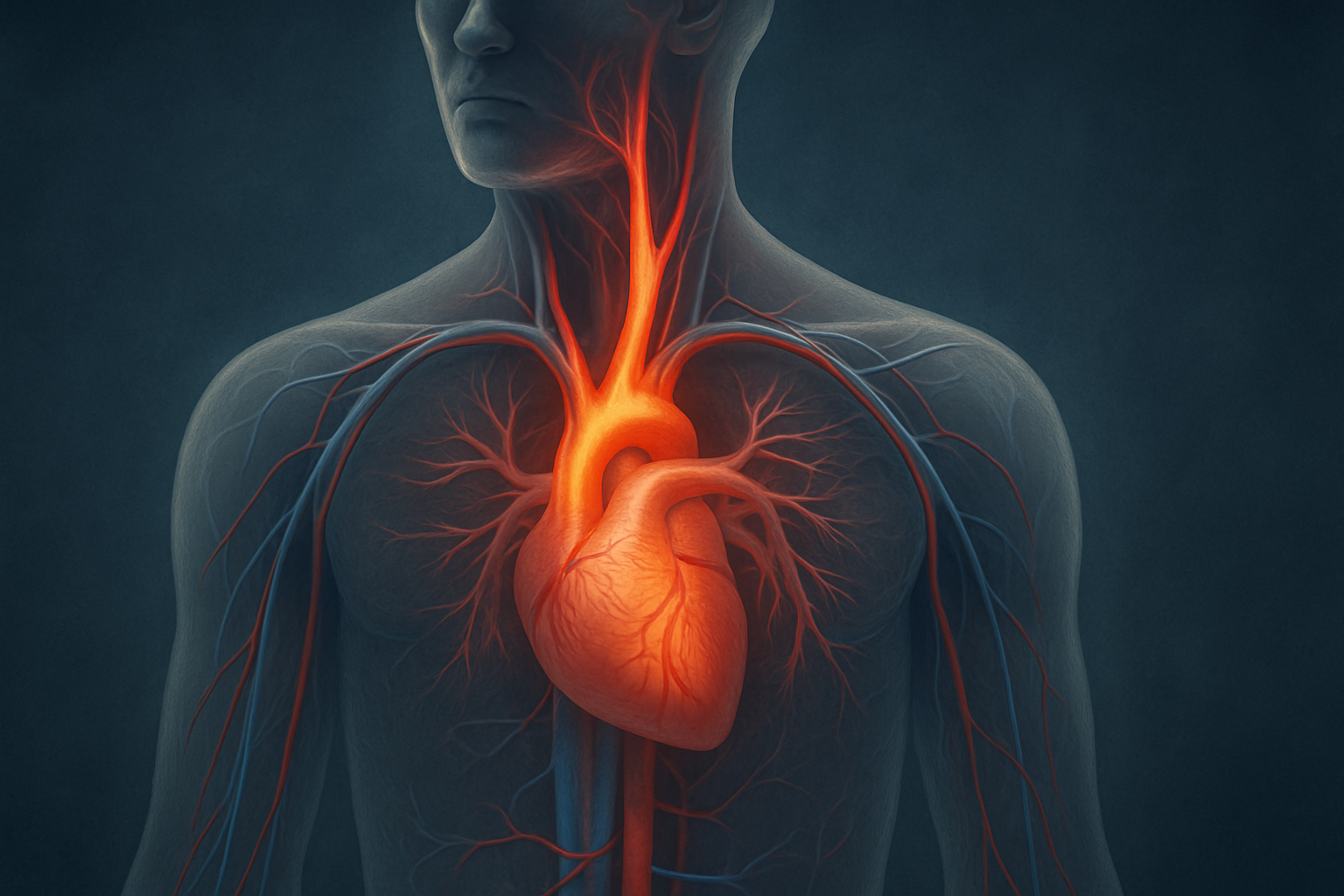
Where in the Body Is Blood Pressure the Highest?
The distribution of pressure within the circulatory system is not uniform, which brings up an interesting physiological question: where in the body is blood pressure the highest? The answer lies closest to the source—specifically, in the aorta, which is the largest artery connected directly to the heart. As the heart contracts and pumps blood, the aorta experiences the greatest pressure surge. This peak pressure decreases progressively as blood moves through smaller arteries, arterioles, and finally capillaries.
This gradient is crucial for efficient circulation, enabling oxygen and nutrients to reach peripheral tissues while facilitating the removal of waste products. Any disruption in this pressure gradient, especially if accompanied by sustained elevation at its origin, can stress the vascular system and lead to pathophysiological consequences. Therefore, understanding where in the body blood pressure is the highest provides essential context for assessing cardiovascular health.
What Is Considered Normal Blood Pressure?
Medical professionals often rely on standard guidelines to determine what is considered normal blood pressure. According to the American Heart Association, a regular or healthy blood pressure reading is typically around 120/80 mm Hg. However, slight fluctuations within this range are normal and can be influenced by factors such as time of day, physical activity, and emotional state.
When clinicians ask, what must your blood pressure be to avoid hypertension, they are generally referring to keeping systolic values below 130 and diastolic below 80 mm Hg. Persistent readings above these thresholds indicate elevated or high blood pressure stages. This classification system helps identify individuals at risk and facilitates early intervention, which is crucial for preventing long-term complications associated with uncontrolled blood pressure levels.
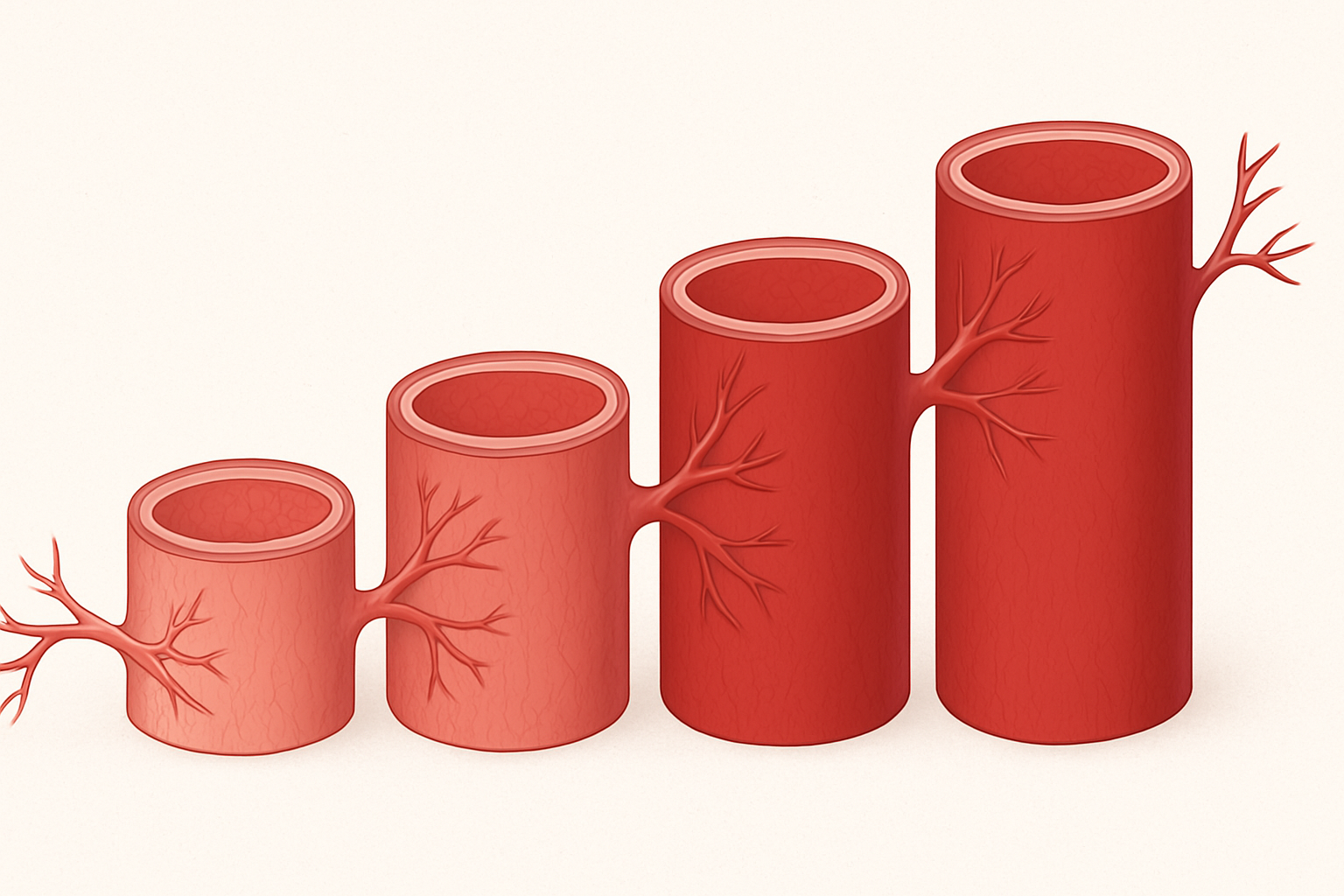
High BP Diagnosis and the Stages of Hypertension
A high BP diagnosis is made when repeated blood pressure measurements consistently exceed the recommended thresholds. Clinicians typically classify hypertension into four stages, each with increasing levels of risk. Stage 1 hypertension is defined by systolic readings between 130-139 mm Hg or diastolic readings between 80-89 mm Hg. Stage 2 occurs when systolic pressure reaches 140 mm Hg or higher, or diastolic reaches 90 mm Hg or higher.
The most severe form, stage 4 hypertension—more accurately referred to in clinical practice as a hypertensive crisis—requires immediate medical attention. Stage 4 high blood pressure is characterized by systolic readings above 180 mm Hg and/or diastolic readings above 120 mm Hg. This condition poses an imminent risk of stroke, heart attack, and organ damage. Identifying and treating these stages promptly is essential for mitigating irreversible harm.
How Common Is Hypertension in America Today?
Hypertension in America is more widespread than many realize. According to recent high blood pressure statistics released by the Centers for Disease Control and Prevention (CDC), nearly half of U.S. adults have hypertension, defined as blood pressure readings consistently above 130/80 mm Hg. That equates to roughly 119 million people—a staggering figure that underscores the public health burden posed by this condition.
Given these high blood pressure stats, it is important to ask, how many Americans are diagnosed with hypertension annually? Data shows that millions receive a new high BP diagnosis each year, yet many more remain undiagnosed due to the condition’s often silent nature. This highlights the need for improved screening, especially in underserved communities where access to regular healthcare is limited.
What Percentage of Americans Have High Blood Pressure?
When we examine what percentage of Americans have high blood pressure, the figures become even more alarming. It is estimated that about 47% of adults in the U.S. fall into this category. Moreover, among those diagnosed, only about one in four have their condition under control. This points to significant gaps in treatment adherence, lifestyle management, and follow-up care.
A closely related statistic worth exploring is what percent of Americans have high blood pressure but are unaware of it. Estimates suggest that approximately 20% of those affected have no idea they are living with this potentially life-threatening condition. Such findings reinforce the necessity of public education, routine checkups, and increased health literacy regarding hypertension and its effects.
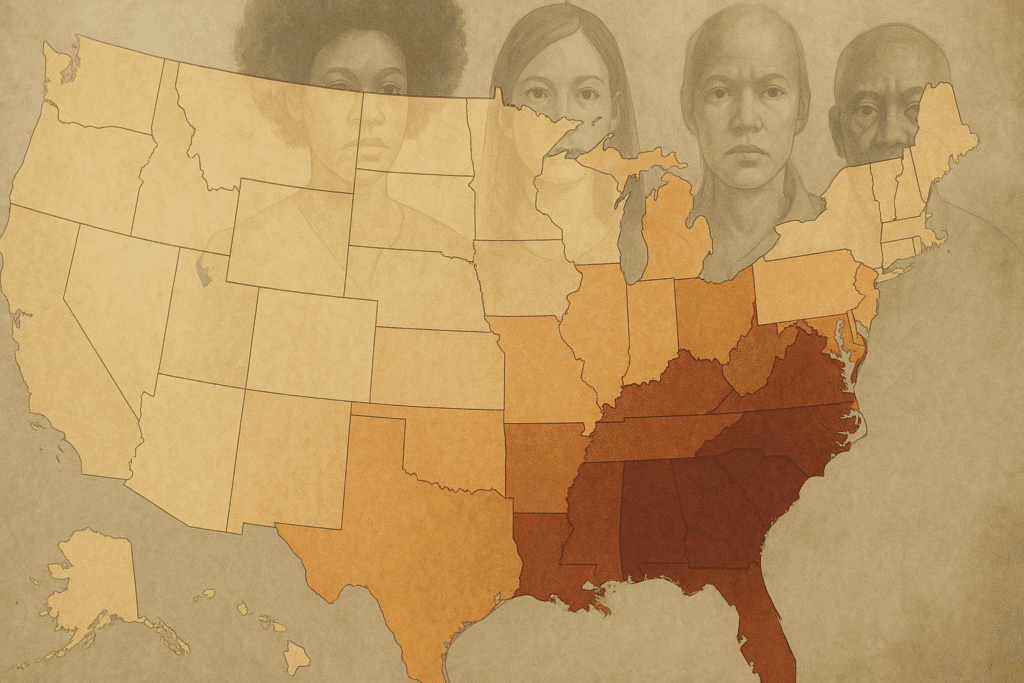
High Blood Pressure USA: Geographic and Demographic Trends
High blood pressure in the USA is not uniformly distributed across regions or demographics. Research shows that Southern states—often referred to as the “Stroke Belt”—have disproportionately high rates of hypertension. Factors such as socioeconomic status, diet, exercise habits, and access to healthcare contribute to these geographic disparities.
Age and ethnicity also play a significant role. African American adults, for instance, have among the highest prevalence rates of high blood pressure worldwide. Additionally, the risk of developing hypertension increases with age, especially after the age of 60. These demographic trends must be considered when designing targeted public health interventions aimed at reducing the burden of hypertension across diverse populations.
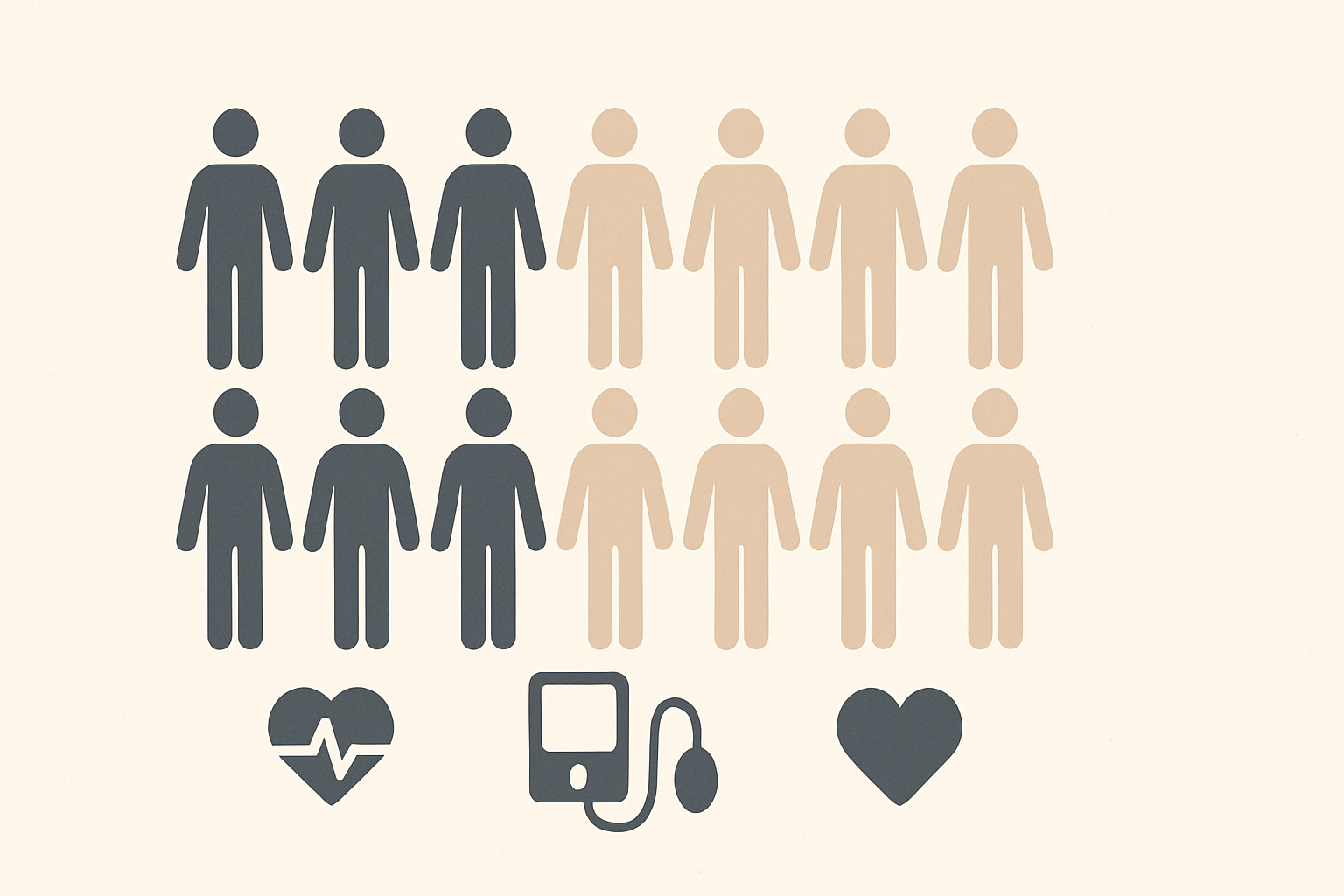
Statistics of High Blood Pressure in America
Understanding the statistics of high blood pressure in America requires looking beyond prevalence and exploring patterns of diagnosis, treatment, and control. Data from the National Health and Nutrition Examination Survey (NHANES) reveals that although awareness of hypertension has improved over the past two decades, the percentage of people achieving blood pressure control has plateaued in recent years.
This stagnation can be attributed to various factors, including rising obesity rates, poor dietary habits, sedentary lifestyles, and medication non-adherence. These high blood pressure statistics not only reflect the health behaviors of individuals but also point to systemic issues such as healthcare access, insurance coverage, and provider biases. Addressing these root causes is key to reversing current trends.
Interesting and Fun Facts About Blood Pressure and Hypertension
While the seriousness of hypertension cannot be overstated, there are several interesting facts about hypertension that shed light on the condition in unexpected ways. For example, did you know that your blood pressure naturally fluctuates throughout the day? It tends to be lowest during sleep and rises steadily upon waking. These circadian rhythms play a significant role in hypertension management and medication timing.
Another fun fact about blood pressure is its relationship to posture. Blood pressure can vary significantly when moving from a lying to a standing position, a phenomenon known as orthostatic hypotension. Additionally, laughter, music, and even certain scents have been shown to lower blood pressure temporarily—offering creative avenues for stress reduction.
Does everyone have blood pressure? The answer is yes. Blood pressure is a universal physiological phenomenon necessary for survival. Even newborns and fetuses have measurable blood pressure, though their values differ from those of adults. Understanding these fun facts about high blood pressure makes the topic more approachable and underscores the importance of maintaining cardiovascular health across the lifespan.
How Many People in America Have High Blood Pressure?
Asking how many people in America have high blood pressure leads us to a sobering conclusion: more than 119 million adults are affected. This figure includes both those who are diagnosed and those who remain unaware. The rising prevalence signals a public health emergency that demands immediate attention and action.
When examining how many people have high blood pressure globally, the U.S. ranks among the nations with the highest burden. This emphasizes the need for stronger prevention strategies, better health education, and more accessible treatment options. Whether through lifestyle changes, medication, or policy reform, addressing this issue requires a multifaceted approach.
What Percentage of Americans Have Hypertension?
Determining what percentage of Americans have hypertension involves analyzing a range of demographic data. Recent surveys suggest that nearly 47% of adults in the U.S. meet the criteria for a high BP diagnosis. Among older adults, this percentage rises dramatically, with nearly 75% of individuals over age 65 classified as hypertensive.
This raises critical questions about our healthcare infrastructure and whether it is equipped to handle the long-term needs of an aging population. The implications for Medicare, social services, and chronic disease management programs are profound. When we ask what percentage of Americans have hypertension, we are also indirectly asking whether our systems are prepared to provide adequate care.
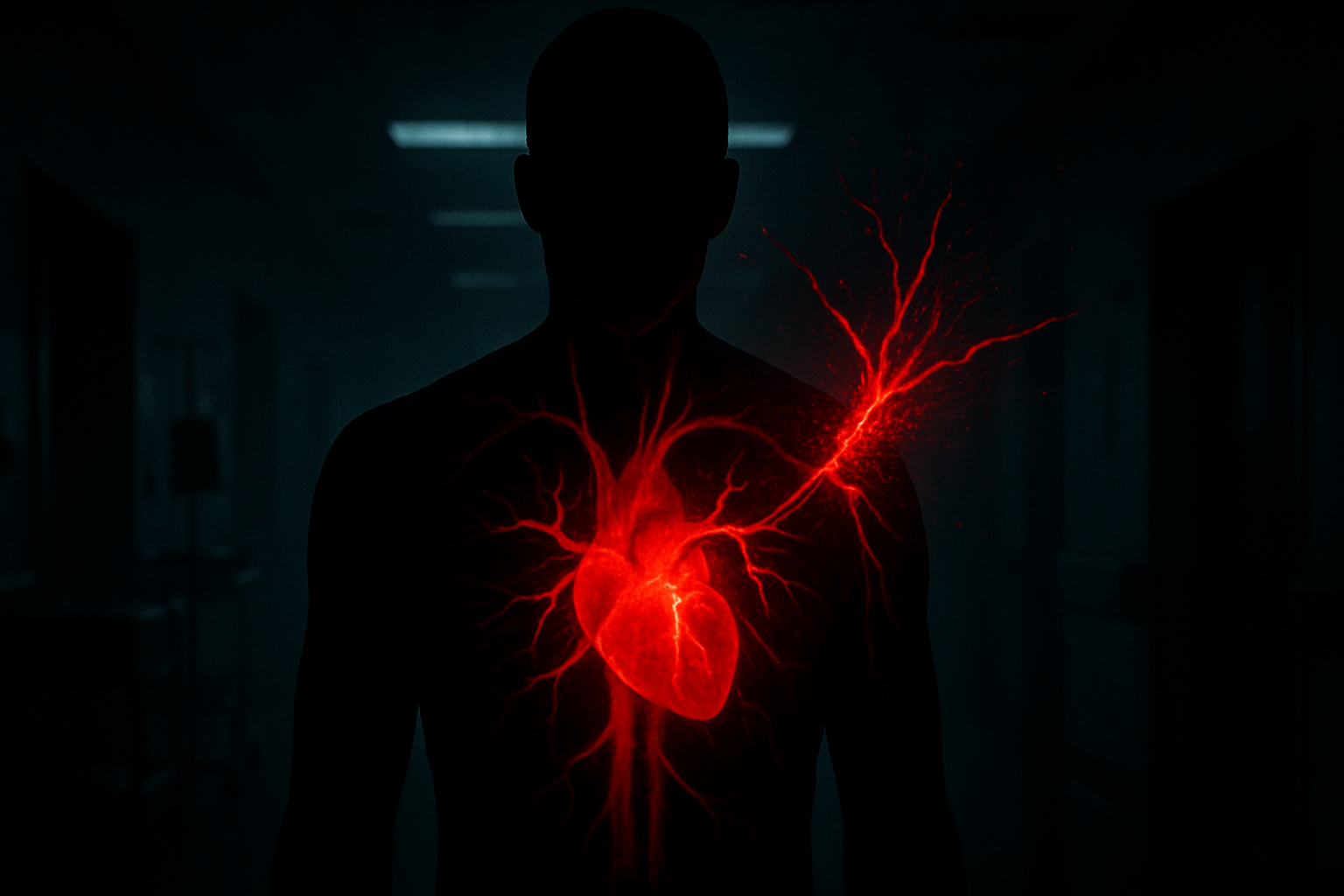
The Burden of Stage 4 Hypertension
Stage 4 hypertension, though not commonly referred to in all clinical frameworks, represents a critical hypertensive crisis. This form of high blood pressure demands immediate emergency intervention and can lead to organ damage within minutes to hours. Stage 4 high blood pressure is more than just a numerical classification—it is a medical emergency with life-threatening implications.
Patients in this category may present with symptoms such as chest pain, shortness of breath, visual disturbances, or even seizures. Immediate treatment typically involves intravenous antihypertensive medications administered in a hospital setting. The existence of stage 4 hypertension within the broader spectrum of high blood pressure underscores the need for early detection and consistent management.
Blood Pressure Facts Every American Should Know
There are several blood pressure facts that every American should be aware of to better understand and manage their health. First, high blood pressure is often called the “silent killer” because it typically has no noticeable symptoms until severe damage has already occurred. Second, even small reductions in systolic and diastolic pressure can significantly lower the risk of cardiovascular events.
Third, lifestyle modifications such as reducing sodium intake, increasing physical activity, and maintaining a healthy weight can have powerful effects on blood pressure levels. These interventions are often as effective as medication, particularly in early stages of hypertension. Blood pressure stats confirm that individuals who adopt these changes can delay or even avoid the need for pharmaceutical treatment altogether.
Frequently Asked Questions About Hypertension in America
What must your blood pressure be to be considered hypertensive, and how do these numbers evolve over time?
Understanding what must your blood pressure be to qualify as hypertensive involves more than a static number—it’s about patterns over time. Generally, consistent readings of 130/80 mm Hg or higher signal hypertension, but many people experience occasional spikes due to stress or physical exertion. Longitudinal monitoring is essential, as even moderate elevations sustained over months can have cumulative effects on vascular health. While these values provide clinical cutoffs, doctors now focus on the broader context, including age, cardiovascular risk, and comorbidities. As the population ages, thresholds for intervention are being reassessed, particularly given new high blood pressure statistics linking even borderline readings to early organ damage.
How does blood pressure work differently in younger vs. older adults?
While the mechanics behind how does blood pressure work remain consistent, age-related changes introduce new dynamics. In younger adults, arteries are typically more elastic, allowing for better pressure regulation. However, in older adults, arterial stiffening leads to elevated systolic readings, often without corresponding increases in diastolic values. This condition, known as isolated systolic hypertension, is increasingly common and contributes significantly to the high blood pressure stats among seniors. Understanding these age-related changes is critical for tailoring treatment strategies that address both the cause and the symptom.
How many people have hypertension, and is this number expected to rise?
Currently, when we ask how many people have hypertension globally, estimates surpass 1.4 billion. In the United States alone, high blood pressure statistics show that nearly half of adults are affected. But projections suggest these numbers will climb, driven by longer lifespans, sedentary lifestyles, and poor dietary habits. Environmental factors like urbanization and noise pollution are also emerging contributors to the rise. If unchecked, the growing figure of how many people in America have high blood pressure could overwhelm cardiovascular care systems in the next two decades.
Where in the body is blood pressure the highest, and why does it matter?
An often-overlooked aspect of cardiovascular physiology is understanding where in the body is blood pressure the highest. The aorta, immediately downstream of the left ventricle, registers the highest pressures. This matters because the aorta bears the brunt of mechanical stress with every heartbeat, making it especially vulnerable to aneurysms and dissection if blood pressure remains elevated. High aortic pressure also influences cerebral perfusion, adding to the risk of stroke. Recognizing this helps clarify why stage 4 hypertension is so dangerous, as it pushes these pressures beyond safe limits.
What are some overlooked contributors to a high BP diagnosis?
While obesity, salt intake, and inactivity are well-known, there are subtle triggers that can tip someone into a high BP diagnosis. Chronic pain, untreated sleep apnea, and persistent anxiety all elevate sympathetic nervous system activity, leading to sustained pressure elevations. Even frequent use of decongestants or NSAIDs can increase blood pressure readings over time. These lesser-known factors often go unaddressed in standard checkups, skewing how common is hypertension among otherwise healthy individuals. Awareness of these contributors can prompt more thorough assessments and nuanced treatment approaches.
What percentage of Americans have hypertension without knowing it?
Estimates vary, but most studies suggest that around 20% of those with high blood pressure in the USA are unaware of their condition. This makes it difficult to determine with full precision what percentage of Americans have hypertension overall. Silent cases often remain undiagnosed until a major event like a stroke or heart attack occurs. The lack of symptoms contributes to this trend, which is why clinicians emphasize routine screenings. These hidden numbers inflate the high blood pressure stats and hinder public health efforts to reduce cardiovascular disease rates.
Are there any fun facts about hypertension that could help make awareness efforts more effective?
Yes, sharing fun facts about hypertension can actually enhance educational outreach. For example, did you know that listening to certain types of music can temporarily lower systolic pressure? Or that blood pressure tends to dip slightly when you pet a dog or cat? These interesting facts about hypertension can make the topic more approachable, particularly in community health settings. They humanize a complex issue and offer simple, positive interventions that people can adopt in daily life. In campaigns targeting how many Americans have hypertension, these creative angles often resonate more than clinical warnings alone.
How reliable are current statistics of high blood pressure in America, and what should we watch for in future data?
The statistics of high blood pressure in America largely derive from surveys like NHANES and insurance data, which, while comprehensive, have limitations. For example, these datasets may underrepresent uninsured populations or exclude those who do not regularly visit a doctor. Emerging tech—like wearable monitors and remote telehealth diagnostics—is expected to improve the accuracy of future blood pressure stats. As these tools become more mainstream, we may get a clearer view of what percent of Americans have high blood pressure, particularly in hard-to-reach or underrepresented communities. Better data will inform better policy.
Does everyone have blood pressure, and how does it vary in extreme conditions?
It may seem obvious, but answering the question “does everyone have blood pressure” helps dispel myths, especially among younger or asymptomatic individuals. Everyone does have blood pressure—it’s a fundamental physiological process. However, in extreme conditions like zero gravity or deep-sea diving, the regulation of blood pressure can behave very differently. Astronauts, for example, often experience a redistribution of fluids that raises intracranial pressure, prompting ongoing research into cardiovascular adaptations in space. These fun facts about blood pressure add depth to our understanding and expand conversations beyond the typical high blood pressure for dummies narrative.
What makes stage 4 high blood pressure a medical emergency, and how can it be prevented?
Stage 4 high blood pressure—or a hypertensive crisis—demands immediate attention because of its capacity to cause irreversible organ damage in a short period. It can be triggered by missed medication doses, drug interactions, or undiagnosed secondary hypertension. Preventing stage 4 hypertension hinges on regular monitoring, adherence to treatment, and prompt management of warning signs like severe headaches or vision changes. Personalized care plans and home monitoring devices are effective tools for catching dangerous spikes early. In discussions around how many Americans are diagnosed with hypertension, we must emphasize that even one missed diagnosis can escalate into a crisis.
Conclusion: Facing the Future of Hypertension in America with Informed Awareness
As we confront the reality of hypertension in America, one fact becomes increasingly clear: the issue is not just individual but systemic. When we ask how many people have hypertension or what percent of Americans have high blood pressure, we uncover more than just numbers—we reveal a complex interplay of lifestyle, genetics, environment, and healthcare access. From understanding how blood pressure works to grasping the risks of stage 4 hypertension, it is evident that more proactive public health efforts are needed.
High blood pressure statistics paint a portrait of a nation at risk but not without recourse. Through evidence-based interventions, routine monitoring, and public education, the tide of hypertension can be turned. Let this article serve as both a resource and a call to action—for individuals, communities, and policymakers alike—to address one of the most pressing cardiovascular disorders of our time.
Was this article helpful? Don’t let it stop with you. Share it right now with someone who needs to see it—whether it’s a friend, a colleague, or your whole network. And if staying ahead on this topic matters to you, subscribe to this publication for the most up-to-date information. You’ll get the latest insights delivered straight to you—no searching, no missing out.
Further Reading:
Beyond salt: Research highlights underappreciated sources of high blood pressure


